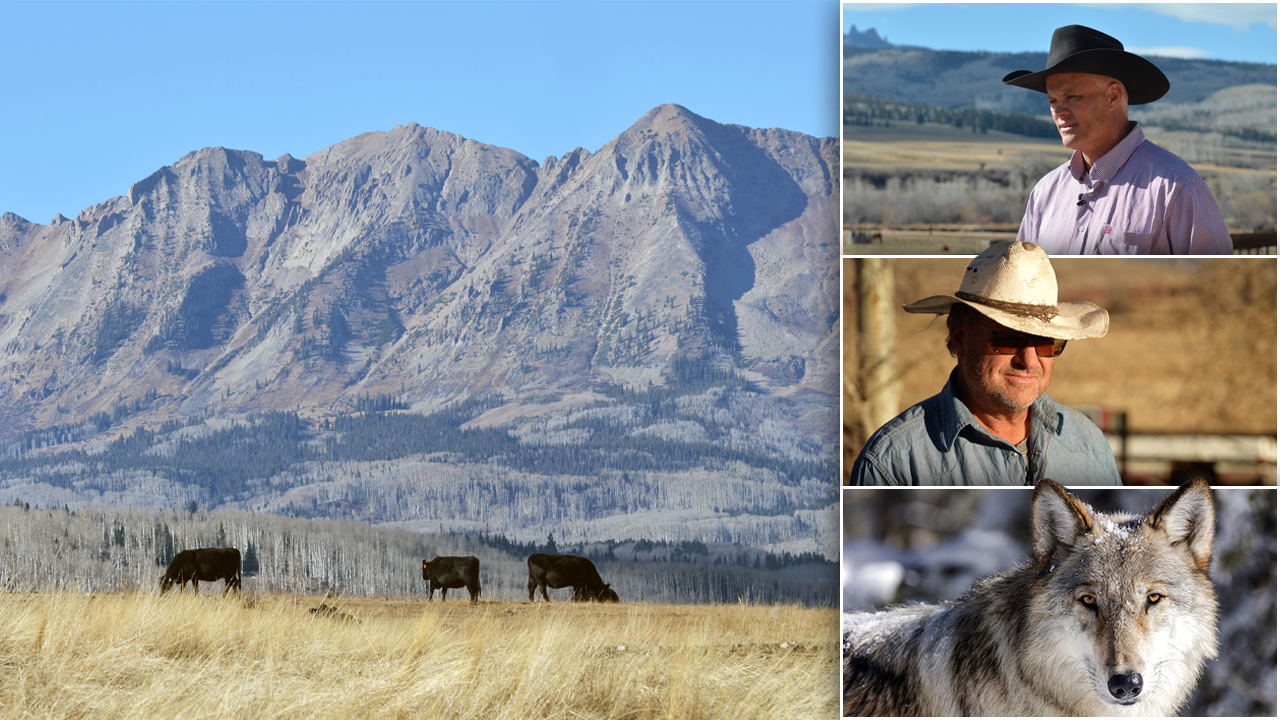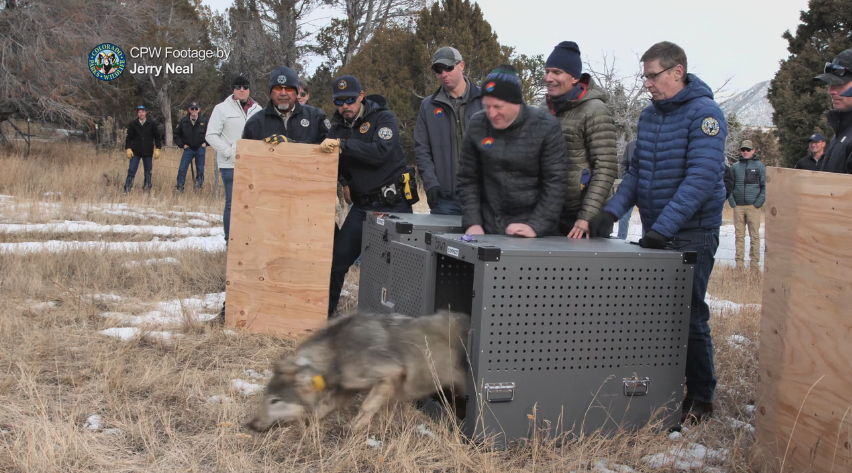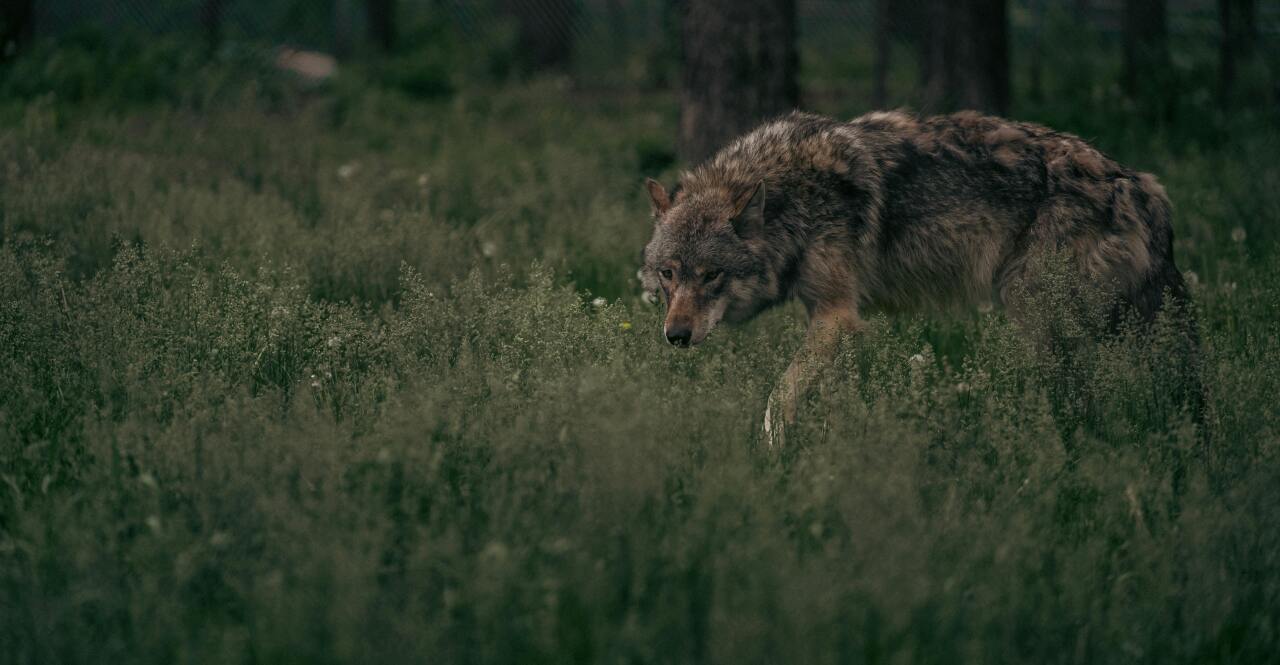GUNNISON COUNTY, Colo. — For nearly a decade, Craig Jackson has walked outside his home in Gunnison County straight into his dream job as the general ranch manager of Castleton Ranch, a 7,000-acre property tucked away in the Ohio Creek Valley.

It's a tidy, picturesque corner of Colorado, with several wooden structures, a large barn, and rolling hills full of aspens dotted with cattle, often accompanied by elk. Off in the distance, Carbon Peak looms high and the Anthracite Range's ridgeline reflects fiery sunsets.
“I have artists that want to paint it," Jackson said of the property, adding that people have contacted him to see if they could host a wedding there and photographers often stop along the road to take pictures.
As the manager, he has plenty of days filled with chores, challenges and everyday responsibilities, but when he gets the opportunity to slow down, he always returns to the same sentiment.
"It's paradise," he said. "So, it's a pleasure to be able to work here, live here.”
But he believes his dream job — his paradise — is at risk.

In January, Colorado Parks and Wildlife (CPW) plans to move ahead with its third release of gray wolves in the state, as Colorado voters mandated in the 2020 election. Previously, 10 wolves were reintroduced into Grand and Summit counties in December 2023 and 15 were set loose in Eagle and Pitkin counties in January 2025.
But there is something notably different about this upcoming release: It will unfold in a new part of the state, farther south than the previous regions.
And for ranchers like Jackson, it feels like their backyard paradise is on the line.
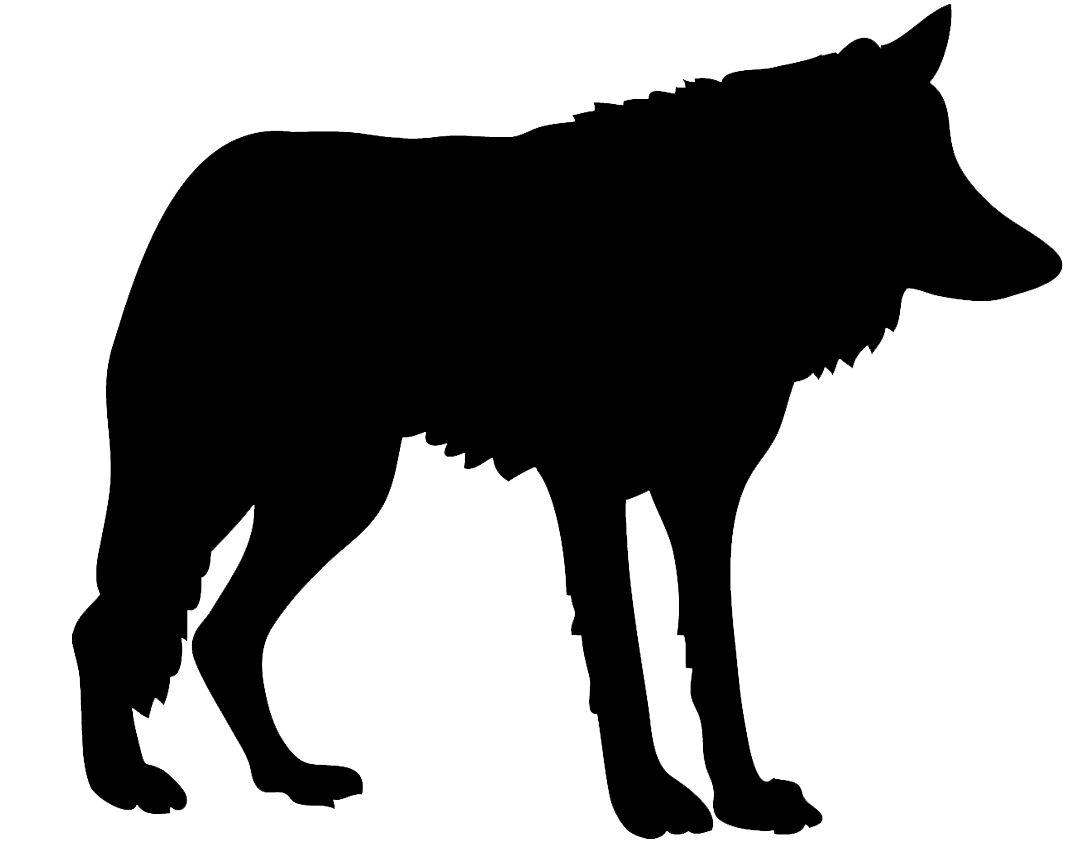
What we know about the wolf reintroduction set for 2026
This past summer, CPW announced that the agency is expected to release more wolves in January 2026 in "the southwest polygon" as seen in the 261-page Colorado Wolf Restoration and Management Plan, which was approved by the CPW Commission in November 2023.
The document illustrates the two regions picked for reintroductions on page 21.

A 2022 study linked throughout the plan, titled "Defining ecological and socially suitable habitat for the reintroduction of an apex predator," included the above map. The researchers said it illustrates the best release sites for gray wolves in Colorado.
Using three million voting records, the study quantified and mapped an index of tolerance of wolves and combined that with data on livestock distributions and land ownership to predict conflict risks. That was then juxtaposed with wolf ecological suitability data. The study reported that 56% of the Western Slope had suitable habitat and "relatively low conflict risk."
Many producers west of the Continental Divide disagree with that statistic.

Local
New map shows more gray wolf activity close to Front Range
The aftermath of the first two rounds of reintroductions was mixed, but livestock producers quickly raised the alarm as depredations — meaning wolf attacks on livestock or working dogs that result in serious injury or death — began adding up in the spring of 2024, with 14 confirmed depredations that season and 15 that summer.
As ranchers quickly pointed out, that does not include losses from unconfirmed wolf depredations or missing livestock.
Depending on who you ask, CPW either stepped up to solve the issues, or they were too slow to react and left ranchers feeling abandoned and frustrated.
As next winter nears, CPW is prepping to translocate more wolves with the conversations and lessons from the past two years tucked neatly in its back pocket. They say they have learned to spend more time with county electeds and producers in the areas where the wolf releases will happen. Going into 2025, CPW created a more robust program for conflict minimization, which it said will incorporate more range riders. Applications for that are expected to open in January.
CPW also hired more conflict reduction specialists and wildlife damage specialists, with three of the latter based in southwest Colorado.
"CPW has been hosting meetings in the southwest throughout the latter half of 2025 to engage with producers and local stakeholders on future releases in the southern release zone," CPW said to Denver7 in a statement. "This included meeting the Gunnison Stockgrowers to learn about their concerns, how our organization can best assist them and provide information on the resources and support producers will have available through CPW and our partnering organizations."

Agency staff are working to place conflict minimization resources caches — containing fladry and scare devices, such as foxlights and motion-activated alarms — along the Western Slope, including in Gunnison, so producers can quickly access the tools when needed.
At the same time, many ranchers have remained wary of the improvements, and wonder if it's enough. Some producers farther north are warning their comrades to the south that it likely won't be.
To hear directly from those who are bracing themselves for the change, Denver7 took a roadtrip down to Gunnison County to hear from two cattle ranchers.


Doubts swirl over if state is prepared for another wolf reintroduction
Out at the peaceful Castleton Ranch, Jackson looked over the thousands of acres and about 300 grazing cows and their calves. In the National Forest land beyond the property are elk, deer, bears, mountain lions and eagles, he said.
“We don't have problem with the bears. The mountain lions — not as much (either)," he said. "I think the wolves are going to be the issue.”
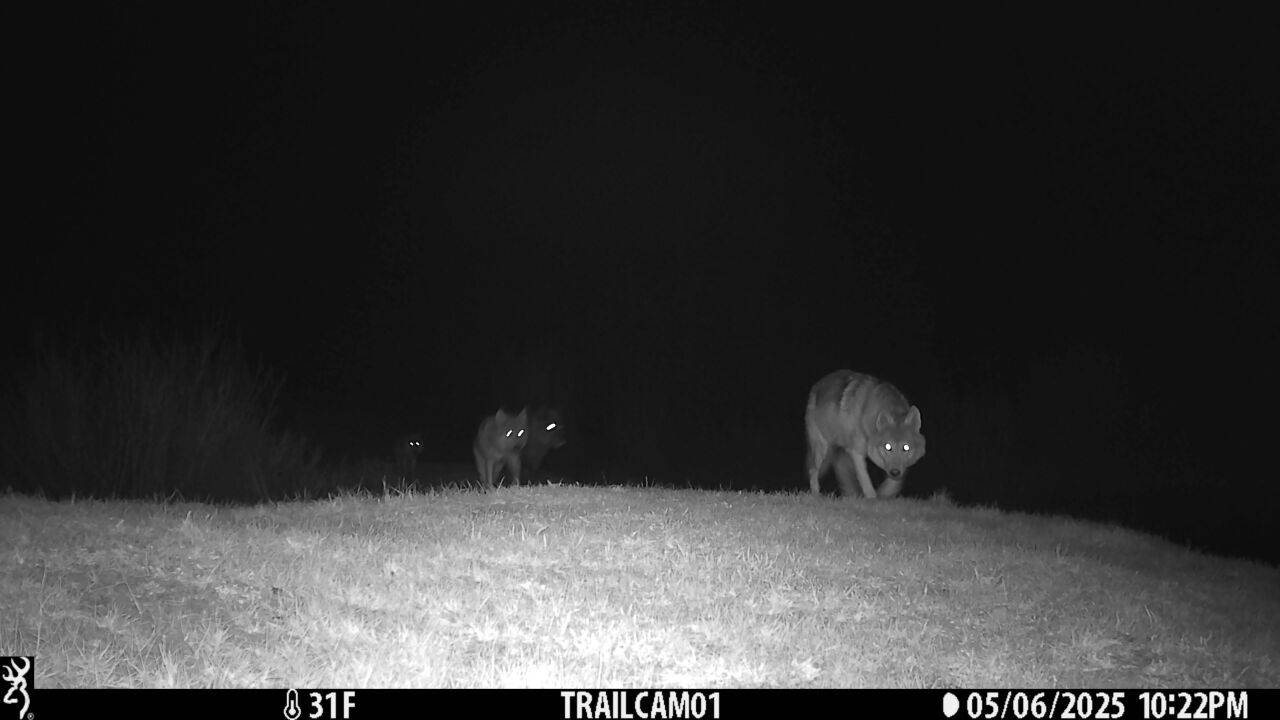
Without a crystal ball, Jackson, vice president of Gunnison County Stockgrowers, doesn't know what is going to transpire after this next release, he said. But referencing the previous two years, his concerns mostly derive from depredations, fair compensation for those depredations, and lack of funding from the state.
"(The state) may be somewhat prepared, but I don't think they're where they need to be to be putting more wolves on the on the landscape," Jackson said.
About 30 minutes down the road, third-generation rancher Greg Peterson shares the same sentiment.
“I think there's going to be a lot of changes if they put wolves in here this year, similar to what you've seen happen in the northern release area," he said, standing near a pen of newly weaned calves. "There'll be cattle mortality and impacts to producers and their herds, and not only with direct mortality, but with the indirect losses and pregnancy rates, weight gain, stress, stress on cattle, stress on families. And so, that's what I see coming here.”

Both men shared their worries about fair compensation.
"It's a Band-Aid. I think there's a total disconnect between what this administration and people that are outside of ranching think the compensation is for," Jackson said.
Depredation is more than just a dead animal, he explained. The effects ripple out, influencing cows' pregnancies and health.
Some people think producers like him are blowing it out of proportion.
"We're really not," he said. "This is our livelihoods.”
Peterson, who is on the wolf committee of Gunnison County Stockgrowers, explained that while the fair market value of lost livestock is up to $15,000, the current market pricing for a single calf is only about $2,000, which does not take into account the work and resources that went into its breeding, genetics, feeding and care.
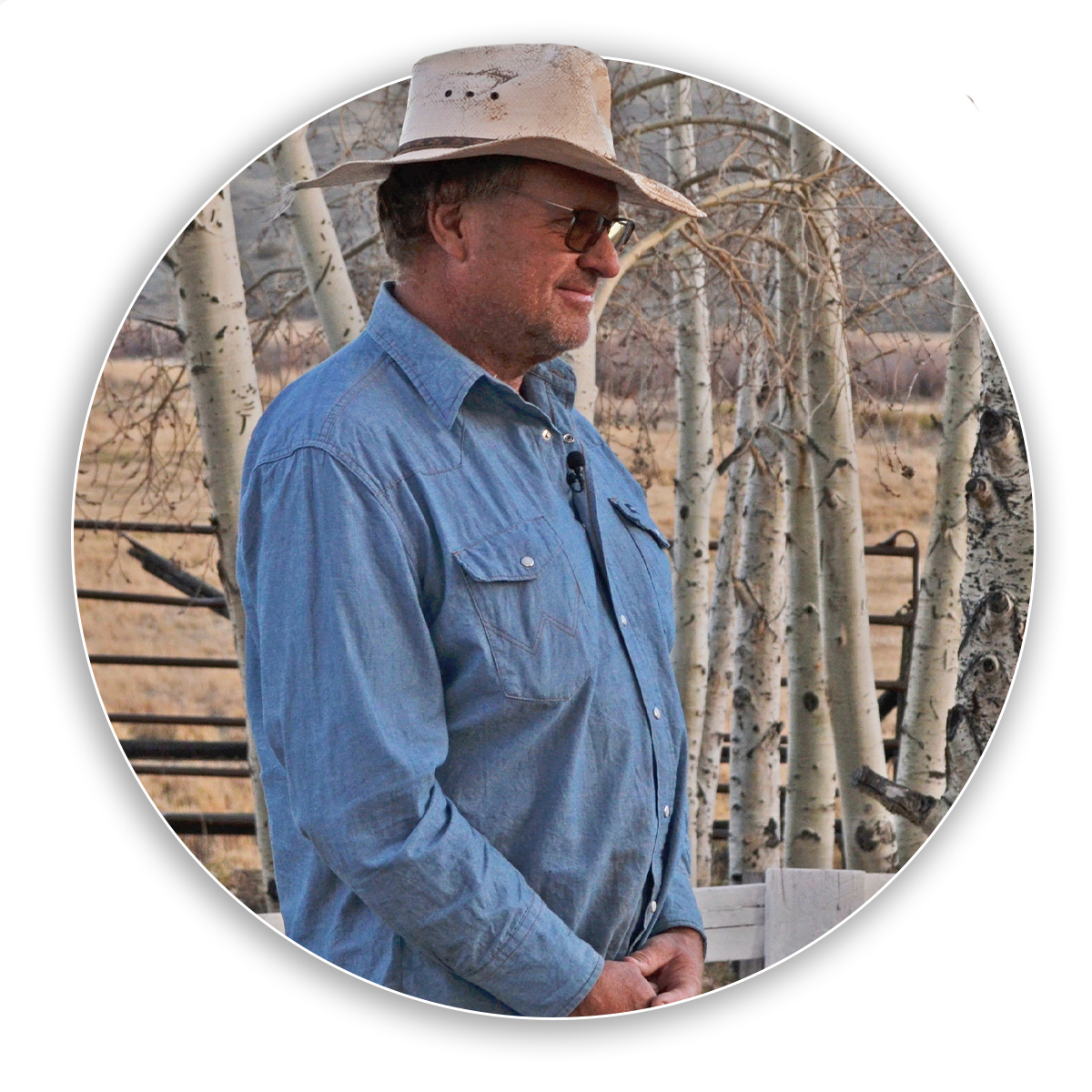
“That's something folks like to throw out that insinuates that we're getting paid $15,000 for every calf or cow or whatnot," he said. "And that's not the case.”
He hopes his fellow ranchers don't need large compensation claims like the ones approved for a couple producers in Grand and Jackson counties last year, including one of nearly $300,000.
“We think they should put that money and invest it in preventative measures, staff-up their programs to where they have human presence and range riders at a more consistent year-round positions," Peterson said. "And it's our feeling that that will cause the overall budget to decrease and they won't be paying the bigger claims.”
Ahead of next year, both ranchers have had a site assessment done at their property. These are free and voluntary property analyses where staff from CPW, or the state or federal Department of Agriculture, meet with a producer to survey the terrain and identify the ideal techniques and tools to keep wolves away from livestock for that specific rancher's property.
As of publishing time, more than 230 of these assessments have been completed in the state. According to CPW, that's out of approximately 8,000 properties across the state.

Jackson had kind words for the person who conducted the site assessment at Castleton Ranch, but the meeting was just about an hour, and he wondered if that was enough time to study a space that expansive.
Part of that discussion centered on the large herd of elk that live on the property, which he said are a beautiful addition to the ranch, but are also a main prey animal for wolves.
"They have a tendency to draw the wolves in," he said. "So, when you have a natural attraction or attractant like the elk, it becomes very difficult to manage 700 head of elk and keep those away from your cattle, because the elk (are) free ranging.”
Peterson explained that fladry and cracker shells were recommended for his ranch, and he has made arrangements to purchase game cameras, though he has heard from ranchers to the north that the most successful tool is range riders and a human presence with the cattle.
"So, I think that's where a lot of our focus will be, as far as hoping CPW ramps up those areas in the program," he said.

They said they have had a small taste of what's to come after CPW reported that a couple collared wolves had previously wandered around the area between Mill Creek and Ohio Creek, which lands them right around Castleton Ranch. One depredation was confirmed in Gunnison County in May, though it's not clear exactly where it occurred.
Wolves travel great distances and were always expected to roam far from release points over time, "including to the Front Range," CPW's wolf management plan states. As of early November, wolves had been reported in 29 counties.
Peterson said he is in awe of how far they can travel and called them amazing and smart animals.
“But I'll tell you, if they get around my cattle, I'm not gonna like them, you know?” he said.
Listen to a pack of wolves howling in Pitkin County in the below recording from a range rider with CDA.

Questions about wolf release abound as January nears
One major question lingering in the air this fall is where the wolves for January 2026's release will come from — or if it will happen at all. The news of CPW Director Jeff Davis stepping down from his position Tuesday made the future even more uncertain.
The wolves that were translocated in January 2025 came from British Columbia, and CPW had expressed interest in working with them again. The captured wolves lived in remote parts of Canada and most likely had no prior interactions with livestock or humans, unlike at least some of the wolves captured from Oregon for the first round of reintroductions.

However, in late October, the Trump Administration told Colorado it was not permitted to import gray wolves from Canada. U.S. Fish and Wildlife Service Director Brian Nesvik said any new wolves must come from the United States' northern Rockies, although Idaho, Montana and Wyoming had previously said they would not participate in Colorado's reintroduction efforts.
Then, earlier this month, Washington’s Fish and Wildlife Commission declined CPW's request for 15 wolves, noting that the state's wolves are listed as endangered, so they cannot provide them to Colorado.
"CPW is continuing to evaluate all options to support this year’s gray wolf releases in alignment with the Colorado Wolf Restoration and Management Plan, the 10(j) Rule and recent USFWS guidance regarding population sourcing for gray wolf translocation which indicates that gray wolves should be sourced from the delisted Northern Rocky Mountain population areas," a spokesperson told Denver7.

Denver7 brought the question to both Jackson and Peterson: Where do they want the wolves to come from?
“We don't really want the wolves, but if we're going to take the wolves, I think the lesser of the two evils would be the wolves out of Canada," Jackson answered.
Peterson said he just doesn't want to see any new wolves brought in that have a history of depredating on livestock.
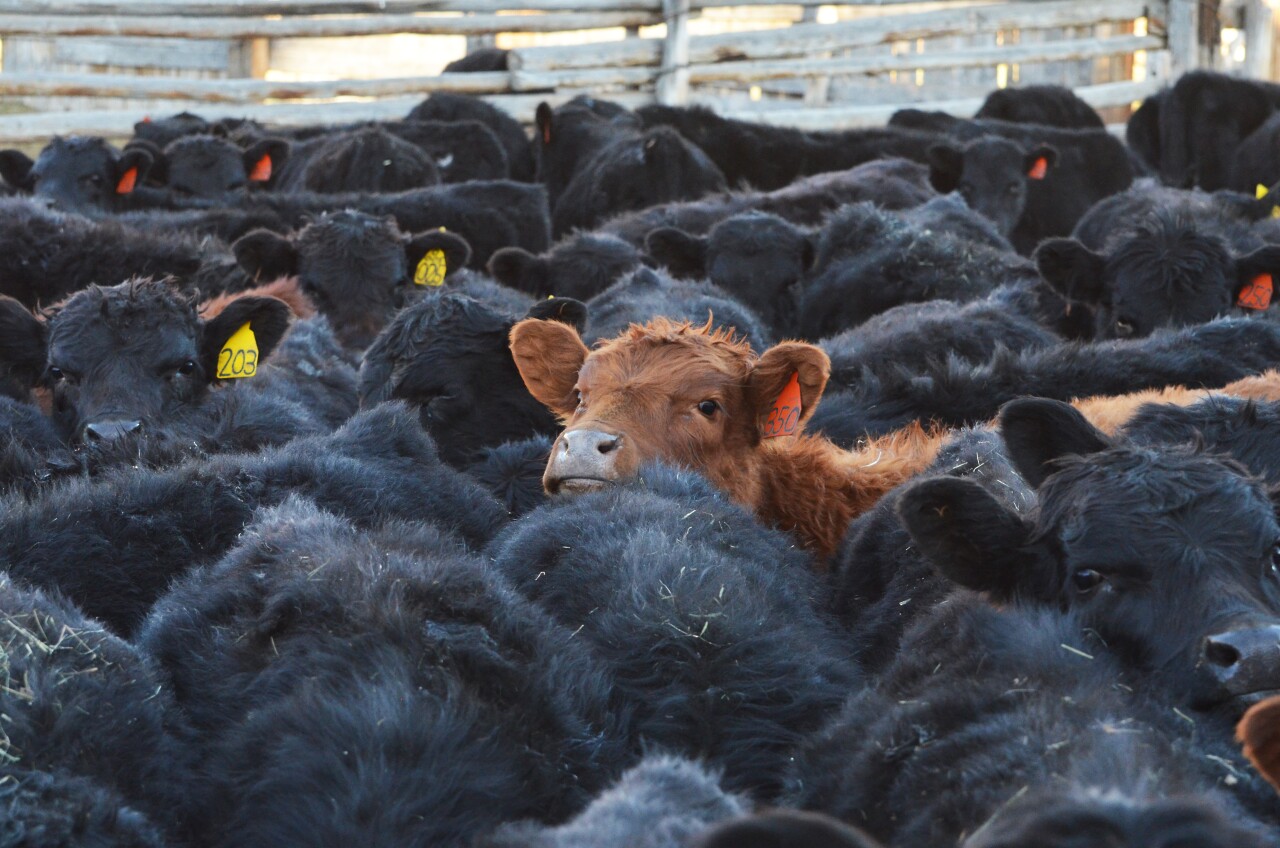
"An easy answer is, ‘Oh yeah, I'd love to have them come from British Columbia, because they've never seen cattle.’ And well, those wolves they brought in from British Columbia, they killed cattle as well," he said. "So, it just would take a little more time, probably, for them to figure it out... The reality is, a wolf is a wolf.”
"If they can get wolves in Oregon and Washington that haven't been around cattle, they're no different than British Columbian wolves as far as depredating with livestock," he continued. "But it's damn sure not OK to bring wolves that have already depredated on livestock. And if they're not around (to supply another round of reintroductions), then they shouldn't bring them. They're (CPW) just out of luck, right?"
The below video, taken by a range rider in Pitkin County on June 23, 2025, shows two wolves near a herd of cattle and working to separate a cow and calf from the others.
Denver7 also asked them if they trust CPW as the wolf reintroduction inches toward another milestone.
“It's hard because these people are only doing their job," Jackson said of the local-level staff. "They're doing what they were trained to do. They're doing what they're paid to do. And when you have a directive from your boss, you probably ought to follow it, or else you're not gonna have a job long. So, I think that puts some unnecessary pressure on these guys. Friendships have been maintained, but it's been tough seeing these guys put in the vice because they're caught between the producers, the land users, the recreationalists, the hunters, and an administration that wants to push this agenda.”
When we asked Peterson the same question, he repeated it back, thought for a second, and agreed with Jackson.
“I absolutely trust the local levels, and I trust some of the levels higher up," he said and then grinned tightly. "I won't say any more.”

He explained that he doesn't fear that the wolves will put him out of business but acknowledged he could reach a point where he may not want to put up with it any longer.
"You know, maybe we would sell the cattle," Peterson said. "I wouldn't say that that's our plan right now, but I also can't say that until it starts to happen to us directly, that we'll know the full impacts to our business.”
That's a situation Jackson has thought about as well. In theory, the owner of the ranch could sell the land, let it transform into a golf course or a subdivision, all while making a "boatload of money" from it, he explained. But that would mean a giant loss for the legacies that built the Castleton Ranch, plus the pristine elk habitat.
“I don't think most people take that into consideration when they think (about) the impact that these wolves might create," he said.
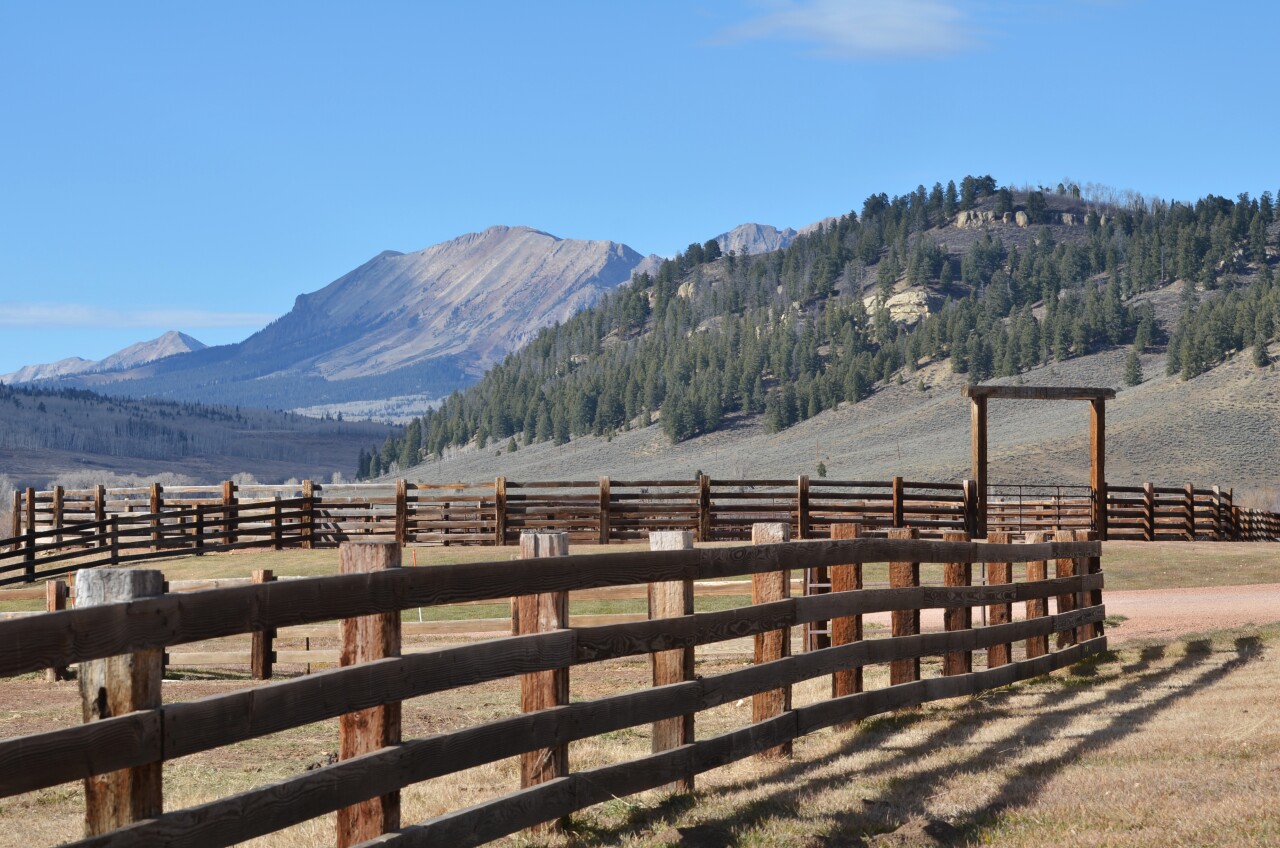
By the time Denver7 started to wrap up our time in Gunnison, the sun had just started to dip behind the mountains around the town, casting an orange glow on the tops of the hillsides and throwing darker shadows across a nearby field of grazing cattle.
Colorado's beef industry begins in a beautiful place. But it's becoming more and more unpredictable for those on the frontlines.
“Agriculture is very, very volatile because of the markets," Jackson said. "Cattle prices are up. Cattle prices are down. The fixed factors like fuel and stuff like that, labor costs — they're always rising. So, you're kind of caught between markets fluctuating and a continually raising cost of production. And so, it's hard to project, you know, if it's sustainable (with the addition of wolves) or not.”
Ranching is already a difficult career. Days are long, conditions can be brutal, and the work is demanding. Wolves undoubtedly bring an extra stressor. But for now, he said he'll keep hoping for the best while preparing for the worst, because at the end of the day, he still steps out into his dream job each morning.
“It’s challenging, but it's never old," Jackson said. "You meet the challenge every day, whether it's snow or wolves or whatever. You just meet the challenge.”
Denver7 has been following Colorado's wolf reintroduction program since the very beginning, and you can explore all of that reporting in the timeline below. The timeline starts with our most recent story.



